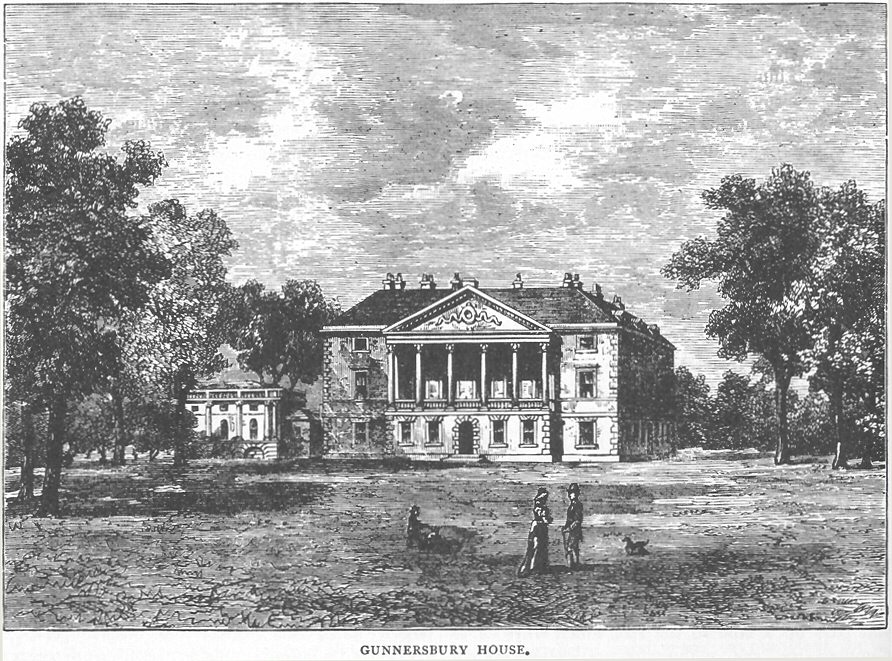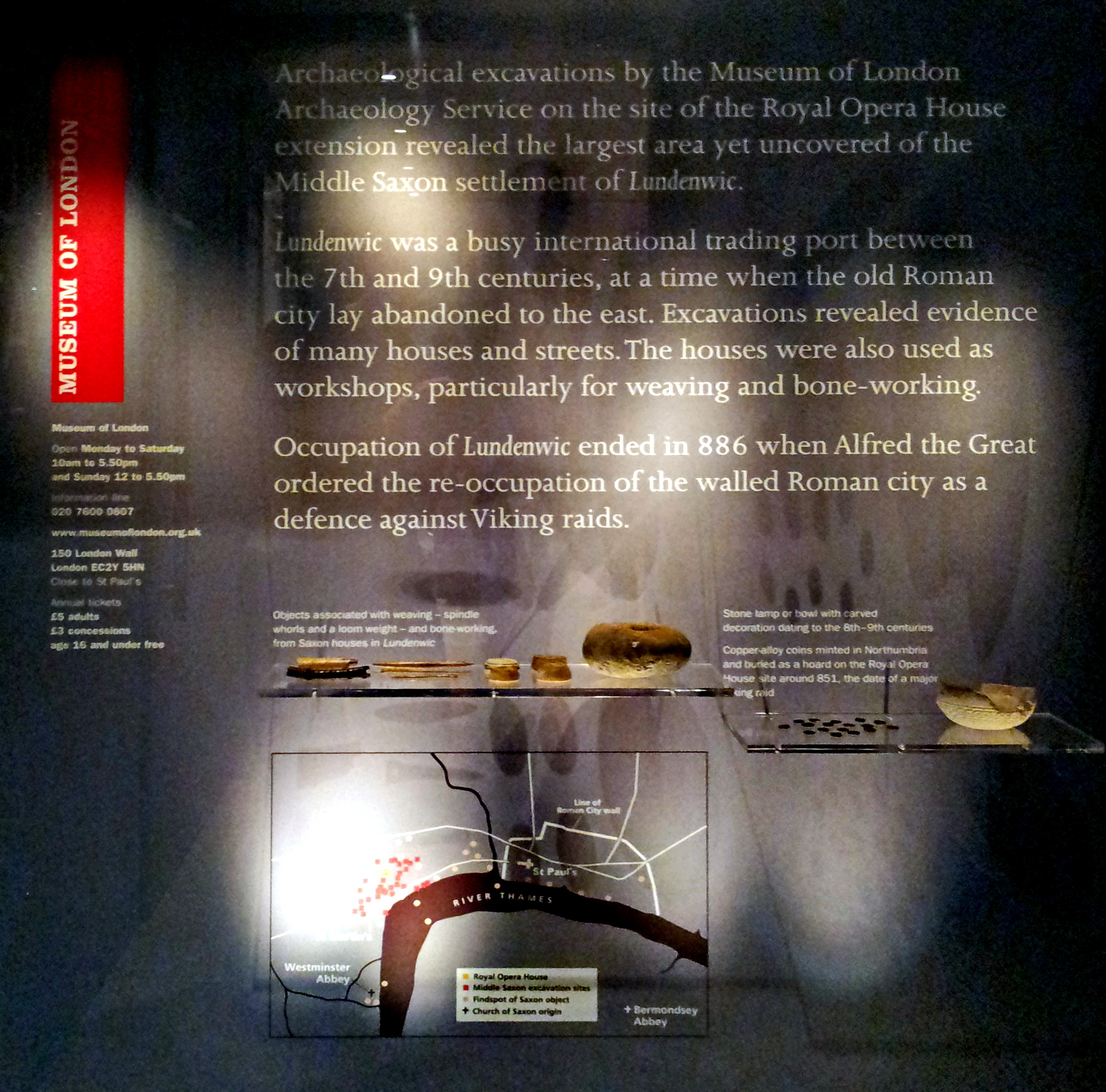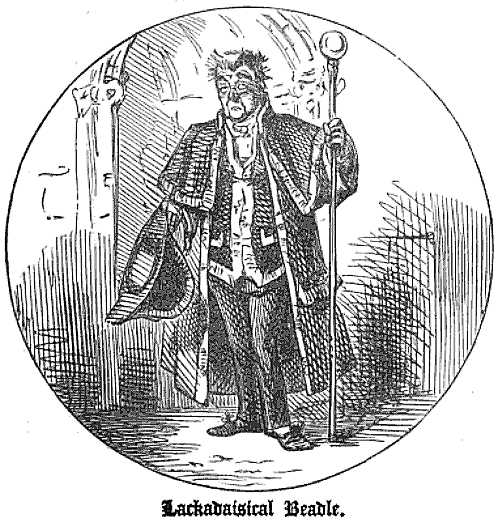|
Worshipful Company Of Barbers
The Worshipful Company of Barbers is one of the Livery Companies of the City of London, and ranks 17th in precedence. The Fellowship of Surgeons merged with the Barbers' Company in 1540, forming the Company of Barbers and Surgeons, but after the rising professionalism of the trade broke away in 1745 to form what would become the Royal College of Surgeons. The Company no longer retains an association with the hairdressing profession, and principally acts as a charitable institution for medical and surgical causes. In modern times, between one-third and one-half of the Company's liverymen are surgeons, dentists or other medical practitioners. History The first mention of the Barbers' Company occurs in 1308 when Richard le Barbour was elected by the Court of Aldermen to keep order amongst his fellows. Barbers originally aided monks, who were at the time the traditional practitioners of medicine and surgery, because Papal decrees prohibited members of religious orders themselves ... [...More Info...] [...Related Items...] OR: [Wikipedia] [Google] [Baidu] |
John Webb (architect)
John Webb (1611 – 24 October 1672) was an English architect and scholar, who collaborated on some works with Inigo Jones. Life He was born in Little Britain, Smithfield, London, and died in Butleigh in Somerset. He had a close association with fellow architect and theatre designer Inigo Jones, for whom he worked as an assistant from 1628.Giles Worsley, ''Inigo Jones and the European Classical Tradition'' (Yale, 2007), p. 177. In the 1640s and 1650s, Jones and Webb jointly designed Wilton House (near Salisbury, Wiltshire) with its distinctive Single and Double Cube rooms. Webb's earliest known drawings were made for the Barber Surgeons' Hall in London in 1636–7, and in 1638 he designed a lodge for John Penruddock at Hale in Hampshire and stables for a Mr Featherstone, but it is unclear if these were built. At the beginning of the Civil War, Jones left London to attend the King at Oxford. He was later in Basing House and captured at the end of the siege. Webb st ... [...More Info...] [...Related Items...] OR: [Wikipedia] [Google] [Baidu] |
Achievement Of Arms Of The Worshipful Company Of Barber-Surg Wellcome V0017230
*
*
{{disambiguation ...
Achievement may refer to: *Achievement (heraldry) *Achievement (horse), a racehorse *Achievement (video gaming), a meta-goal defined outside of a game's parameters See also * Achievement test for student assessment * Achiever, a personality type * Need for achievement Need for achievement (N-Ach) is an individual's desire for significant accomplishment, mastering of skills, control, or high standards. The term was first used by Henry Murray and associated with a range of actions. These include: "intense, prolonge ... [...More Info...] [...Related Items...] OR: [Wikipedia] [Google] [Baidu] |
Anatomical Theatre Of Padua
The Anatomical Theatre of Padua, Northern Italy, is the first permanent anatomical theatre in the world. Still preserved in the Palazzo del Bo, it was inaugurated in 1595 by Girolamo Fabrici of Acquapendente, according to the project of Paolo Sarpi and Dario Varotari. This theatre constituted the model for the anatomical theatres built during the seventeenth century in the main universities of Europe: all would have been based on the Paduan archetype. It is the symbol of a successful period in the University of Padua's history, and it is considered one of the most important achievements for the study of anatomy during the sixteenth century. Background history The foundation: Padua and the tradition of dissections This quote attests the foundation date traditionally accepted for the origins of the University of Padua. The events that led to the construction of the theatre could be dated back to the thirteenth century, when Pietro d'Abano performed the first autopsy recorded ... [...More Info...] [...Related Items...] OR: [Wikipedia] [Google] [Baidu] |
Museum Of London Archaeology Service
MOLA (Museum of London Archaeology) is an archaeology and built heritage practice and independent charitable company registered with the Chartered Institute for Archaeologists (CIfA), providing a wide range of professional archaeological services to clients in London and across the country. It is one of the largest archaeological service providers in the UK, and is the only one with IRO (Independent Research Organisation) status. MOLA’s operations were historically focused within Greater London but are increasingly nationwide. It employs over 300 staff across 4 locations: the central London headquarters, and further offices in Northampton, Basingstoke, and Birmingham. MOLA is a registered charity (since 2011) with its own academic research strategy and extensive community engagement and education programmes including the Thames Discovery Programme, CITiZAN and the Time Truck. Commercial services offered include expertise and advice at all stages of development from pre-pl ... [...More Info...] [...Related Items...] OR: [Wikipedia] [Google] [Baidu] |
Journal Of Medical Biography
The ''Journal of Medical Biography'' is a peer-reviewed academic journal established in 1993 covering the lives of people in or associated with medicine, including medical figures and well-known characters from history and their afflictions. The journal is abstracted and indexed in PubMed, MEDLINE, and Scopus. It was established in 1993 and is published by SAGE Publications on behalf of the Royal Society of Medicine. The current editor-in-chief An editor-in-chief (EIC), also known as lead editor or chief editor, is a publication's editorial leader who has final responsibility for its operations and policies. The highest-ranking editor of a publication may also be titled editor, managing ... is Christopher Gardner-Thorpe. External links * Publications established in 1993 Biography journals General medical journals SAGE Publishing academic journals History of medicine journals Quarterly journals English-language journals Academic journals associated with learned and profe ... [...More Info...] [...Related Items...] OR: [Wikipedia] [Google] [Baidu] |
Lynx
A lynx is a type of wild cat. Lynx may also refer to: Astronomy * Lynx (constellation) * Lynx (Chinese astronomy) * Lynx X-ray Observatory, a NASA-funded mission concept for a next-generation X-ray space observatory Places Canada * Lynx, Ontario, an unincorporated place and railway point * Lynx Mountain, in the Canadian Rockies * Lynx Lake (Northwest Territories) * Lynx Formation, a stratigraphical unit in western Canada United States * Lynx, Ohio, a census-designated place * Lynx Lake (Arizona), a reservoir Antarctica * Lynx Rocks, South Shetland Islands, Antarctica Transport Vehicles * Leyland Lynx, a model of single-decker bus produced by British Leyland in the 1980s and 1990s * Mercury Lynx, a model of car * Mitsubishi Lynx, a 1993 Mitsubishi Motors concept car * GWR no. 2109 Lynx, a South Devon Railway Eagle class steam locomotive * ''Lynx'' (tall ship), an interpretation of the 1812 privateer schooner, launched in 2001 * Lynx (snowmobile), a brand of snowmo ... [...More Info...] [...Related Items...] OR: [Wikipedia] [Google] [Baidu] |
Griffin
The griffin, griffon, or gryphon ( Ancient Greek: , ''gryps''; Classical Latin: ''grȳps'' or ''grȳpus''; Late and Medieval Latin: ''gryphes'', ''grypho'' etc.; Old French: ''griffon'') is a legendary creature with the body, tail, and back legs of a lion; the head and wings of an eagle; and sometimes an eagle's talons as its front feet. Because the lion was traditionally considered the king of the beasts, and the eagle the king of the birds, by the Middle Ages, the griffin was thought to be an especially powerful and majestic creature. Since classical antiquity, griffins were known for guarding treasures and priceless possessions. In Greek and Roman texts, griffins and Arimaspians were associated with gold deposits of Central Asia. Indeed, as Pliny the Elder wrote, "griffins were said to lay eggs in burrows on the ground and these nests contained gold nuggets." In medieval heraldry, the griffin became a Christian symbol of divine power and a guardian of the divine ... [...More Info...] [...Related Items...] OR: [Wikipedia] [Google] [Baidu] |
Fleam
A fleam, also flem, flew, flue, fleame, or phleam, was a handheld instrument used for bloodletting. History This name for handheld venipuncture devices first appears in Anglo-Saxon manuscripts around 1000. The name is most likely derived from phlebotome: ''phlebos'', Greek for blood vessel and ''tome'', meaning to cut. These instruments are the progression from the early use of fish teeth, sharpened stones, and thorns used to penetrate blood vessels. The earliest known examples are made of bronze with a myrtle-leaf shape to the blade. In the 17th and 18th centuries, the German ''Fliete'' and French ''flamettes'' were developed. These devices with their right-angle blades are the earliest forms of what collectors now refer to as the fleam. Use While there are reports of this type of instrument being used in humans, it is more likely that these were reserved for veterinary use, while the common thumb lancet was the instrument of choice for use in people. A survey of 100 ... [...More Info...] [...Related Items...] OR: [Wikipedia] [Google] [Baidu] |
Queen Elizabeth The Queen Mother
Elizabeth Angela Marguerite Bowes-Lyon (4 August 1900 – 30 March 2002) was Queen of the United Kingdom and the Dominions of the British Commonwealth from 11 December 1936 to 6 February 1952 as the wife of King George VI. She was the last Empress of India from her husband's accession 1936 until the British Raj was dissolved in August 1947. After her husband died, she was known as Queen Elizabeth The Queen Mother, to avoid confusion with her daughter, Queen Elizabeth II. Born into a family of British nobility, Elizabeth came to prominence in 1923 when she married the Duke of York, the second son of King George V and Queen Mary. The couple and their daughters Elizabeth and Margaret embodied traditional ideas of family and public service. The Duchess undertook a variety of public engagements and became known for her consistently cheerful countenance. In 1936, Elizabeth's husband unexpectedly became king when his older brother, Edward VIII, abdicat ... [...More Info...] [...Related Items...] OR: [Wikipedia] [Google] [Baidu] |
Beadle
A beadle, sometimes spelled bedel, is an official of a church or synagogue who may usher, keep order, make reports, and assist in religious functions; or a minor official who carries out various civil, educational, or ceremonial duties on the manor. The term has pre-Conquest origins in Old English, deriving from the Old English ''bydel'' ("herald, messenger from an authority, preacher"), itself deriving from ''beodan'' ("to proclaim", which has a modern descendant in the English verb ''bid''). In Old English it was a title given to an Anglo-Saxon officer who summoned householders to council. It is also known in Medieval Latin as ''bedellus''. The Domesday Book refers to Beadles as ''bedelli'' or undersheriffs of manors. In religion In England, the word came to refer to a parish constable of the Anglican Church, one often charged with duties of charity. A famous fictional constabulary beadle is Mr. Bumble from Charles Dickens's classic novel ''Oliver Twist'', who oversee ... [...More Info...] [...Related Items...] OR: [Wikipedia] [Google] [Baidu] |
London Wall
The London Wall was a defensive wall first built by the Romans around the strategically important port town of Londinium in AD 200, and is now the name of a modern street in the City of London. It has origins as an initial mound wall and ditch from AD 100 and an initial fort, now called Cripplegate fort after the city gate ( Cripplegate) that was positioned within its northern wall later on, built in 120-150 where it was then expanded upon by Roman builders into a city-wide defence. Over time, as Roman influence waned through the departure of the Roman army in 410, their withdrawal led to its disrepair, as political power on the island of Great Britain dispersed through the Heptarchy (seven kingdoms) period of Anglo-Saxon England. From the conquest of William the Conqueror, successive medieval restorations and repairs to its use have been undertaken. This wall largely defined the boundaries of the City of London until the later Middle Ages, when population rises and th ... [...More Info...] [...Related Items...] OR: [Wikipedia] [Google] [Baidu] |





.jpg)
